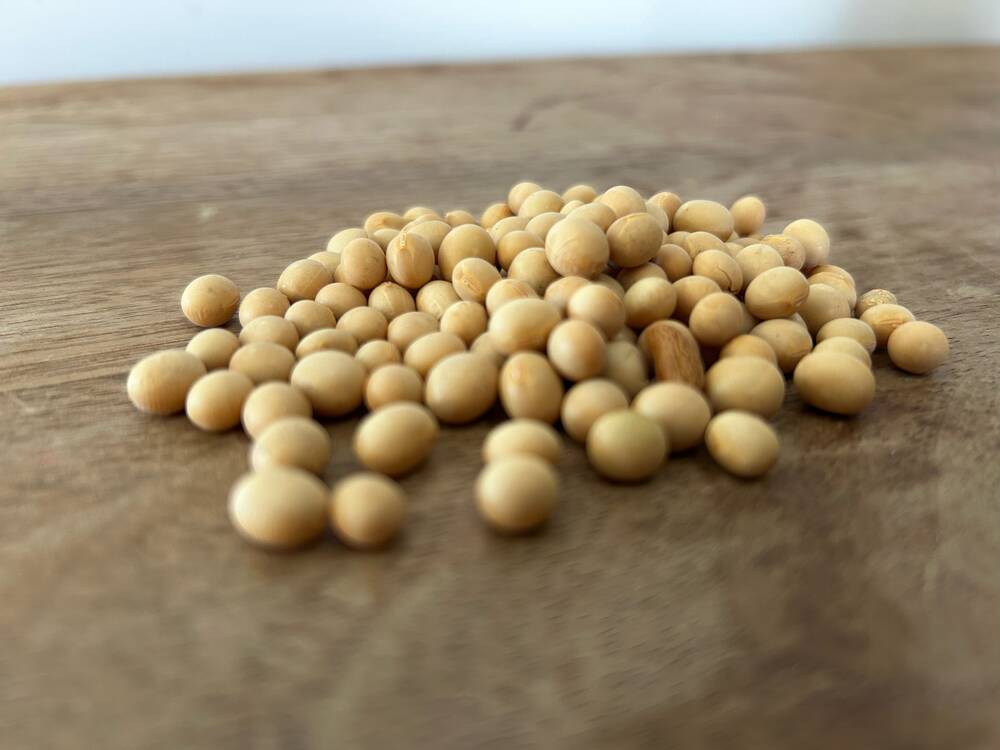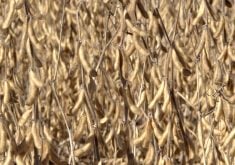Devil’s Lake, N.D. | Reuters – Good weather and rains lifted spring wheat yields across northwest and north central North Dakota, although the lagging maturity of the late-planted crop may limit harvest prospects in the top producer of the high-protein grain, scouts on an annual tour said on Wednesday.
Crop scouts estimated the average yield at 47.7 bushels per acre (bpa) in 104 field stops on the second day of the Wheat Quality Council tour, up from a drought-reduced 24.6 bpa day-two tour average last year and up from the five-year average of 37.9 bpa.
Read Also

CBOT Weekly: Analysts examine new trade deal, upcoming WASDE report
A new potential U.S.-China trade deal and the surprise release of the WASDE report attracted the trade’s attention during the week ended Nov. 5, 2025.
Grain traders, millers and exporters are monitoring crop potential for spring wheat, used in pizza crusts and bagels and to “blend up” protein content in lower-quality wheat, following weather woes in key production areas, including in the southern U.S. Plains hard red winter (HRW) wheat belt. The world can ill afford to lose production after Russia’s invasion of Ukraine sharply cut exports from the Black Sea breadbasket region.
The U.S. Department of Agriculture is projecting North Dakota’s spring wheat crop at 267.75 million bushels with yields at a record 51 bushels per acre. If realized, the crop could offset much of the drought losses in the larger southern Plains HRW crop.
But the wheat’s lagging maturity, estimated by the North Dakota Wheat Commission (NDWC) to be two to three weeks behind normal, have raised some concerns that yields may fall short of USDA’s lofty forecast.
“Generally, an early crop does better than a late crop. It looks good, but it’s not in the bin yet,” said David Clough, former NDWC president.
High humidity has increased pressure from fungal diseases such as scab, which scouts found in some fields and which, if left untreated, can erode grain quality. Late crops are also at greater risk of bad autumn weather that can stall harvesting.
The tour will assess fields in northeast North Dakota on Thursday before releasing a final yield estimate.












